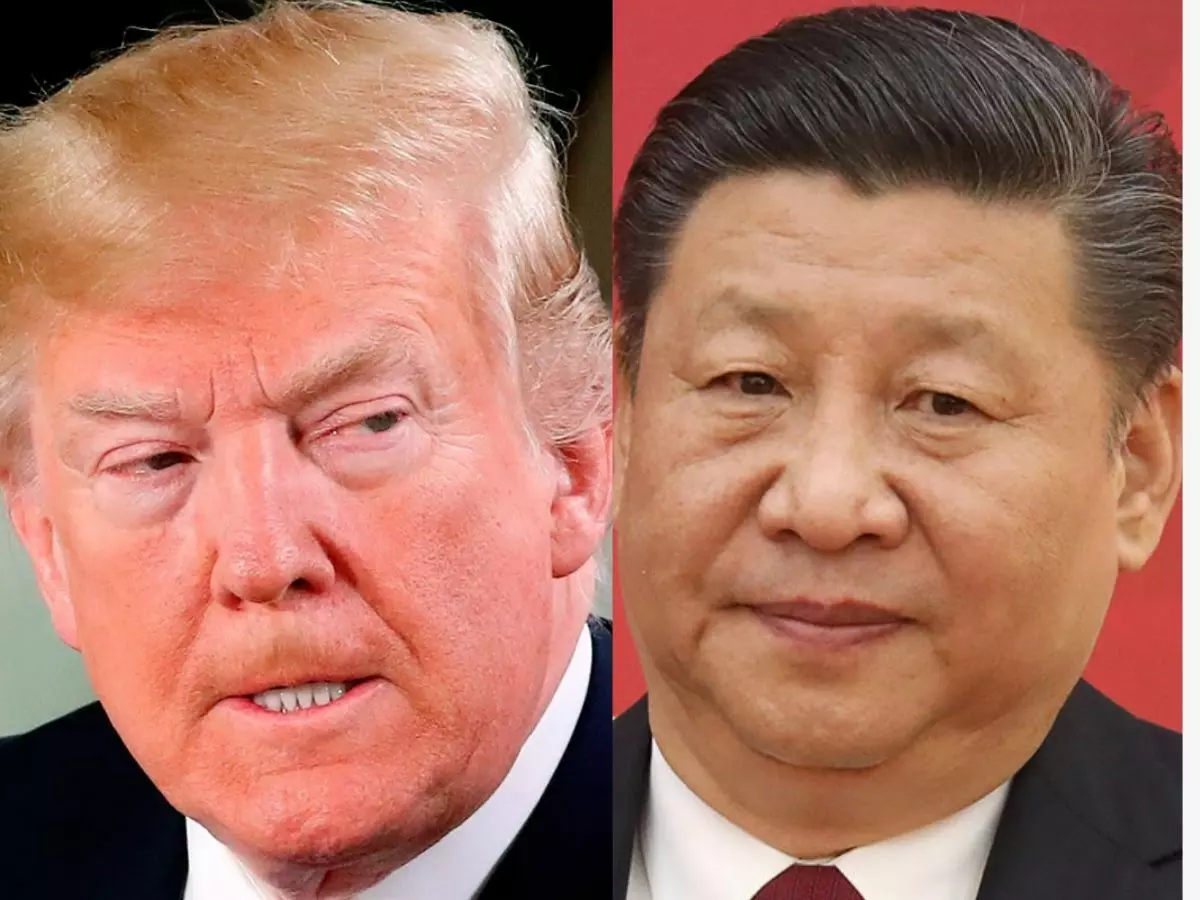Trump Says COVID-19 Came From Wuhan Lab In China, Scientists Says It's Not Manmade
Several studies have revealed that SARS-CoV-2 cannot be developed in a lab. Does Trump think otherwise?

Ever since the outbreak of COVID-19, people have had their own theories surrounding the novel coronavirus.
Some say it was a bioweapon created to create chaos around the world, some say it is spreading due to 5G, and all kinds of baseless assumptions that don¡¯t really have any evidence to support them.
 Reuters
Reuters
And recently, POTUS Donald Trump made a statement that added more fuel to the fire of these theories. In a recent event that turned into a press conference, he was asked, ¡°Have you seen anything at this point that gives you a high degree of confidence that the Wuhan Institute of Virology was the origin of this virus?¡±
To this, Trump responded stating, ¡°Yes, I have. And I think the WHO (World Health Organisation) should be ashamed of themselves.¡± When he has later asked if he has directly seen any evidence of the virus originating in the virology clinic in Wuhan he said, ¡°I can¡¯t tell you that. I¡¯m not allowed to tell you that.¡±
Scientists are tired of telling people it isn¡¯t lab-grown
Scientists have been tirelessly looking for the source of the novel coronavirus and several studies has have revealed that the virus cannot be developed in a laboratory setting, or is manmade.
According to immunologist Nigel McMillan from the Menzies Health Institute Queensland, "If you were going to design it in a lab the sequence changes make no sense as all previous evidence would tell you it would make the virus worse. No system exists in the lab to make some of the changes found."
 Reuters
Reuters
Another study that was investigating the genomic data of SARS-CoV-2 -- particularly the receptor-binding domain (RBD) sections of the virus -- to find out how it mutated into the life-threatening disease that has halted our world.
Scripps Research immunologist Kristian Andersen, said in the study, ¡°By comparing the available genome sequence data for known coronavirus strains, we can firmly determine that SARS-CoV-2 originated through natural processes.¡±
She added, ¡°Two features of the virus, the mutations in the RBD portion of the spike protein and its distinct backbone, rules out laboratory manipulation as a potential origin for SARS-CoV-2.¡±
What if the samples were leaked from the Wuhan Institute of Virology?
"There is no evidence that SARS-CoV-2, the virus that causes COVID-19 in humans, originated in a laboratory in Wuhan, China,¡± explains University of Sydney evolutionary virologist, Edward Holmes.
He further stated, ¡°The closest known relative of SARS-CoV-2 is a bat virus named RaTG13, which was kept at the Wuhan Institute of Virology. There is some unfounded speculation that this virus was the origin of SARS-CoV-2. However, RaTG13 was sampled from a different province of China (Yunnan) to where COVID-19 first appeared; and the level of genome sequence divergence between SARS-CoV-2 and RaTG13 is equivalent to an average of 50 years (and at least 20 years) of evolutionary change. Hence, SARS-CoV-2 was not derived from RaTG13.¡±
 Reuters
Reuters
He also emphasised that bats aren¡¯t the only source of the coronavirus explaining, ¡°In addition, we know that viruses related to SARS-CoV-2 are also found in pangolins. This suggests that other wildlife species are likely to carry relatives of SARS-CoV-2.
He concluded, ¡°In summary, the abundance, diversity and evolution of coronaviruses in wildlife strongly suggests that SARS-CoV-2 is of natural origin. However, a greater sampling of animal species in nature, including bats from Hubei province, is needed to resolve the exact origins of SARS-CoV-2.¡±
